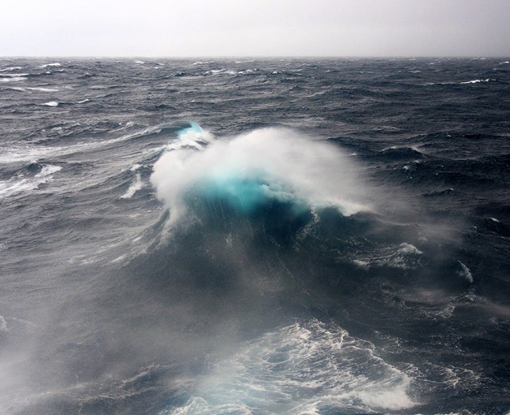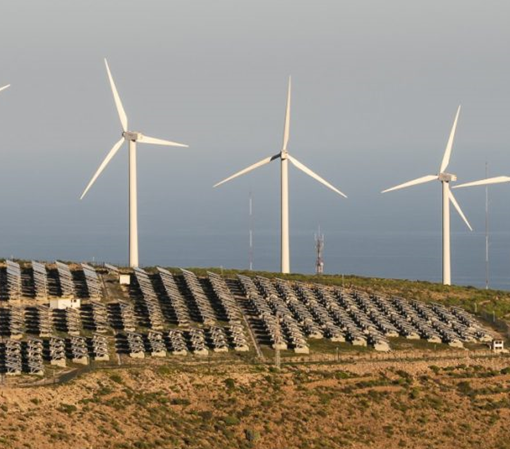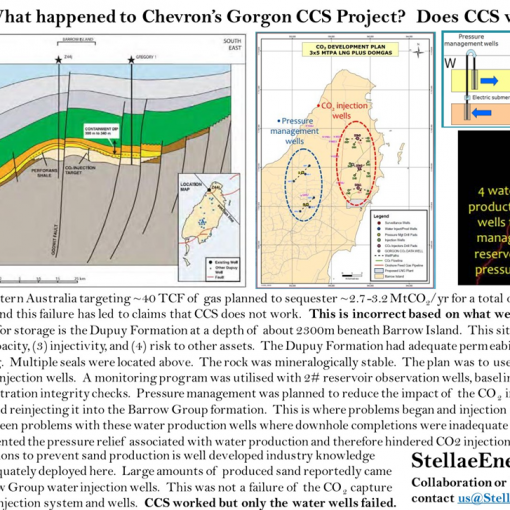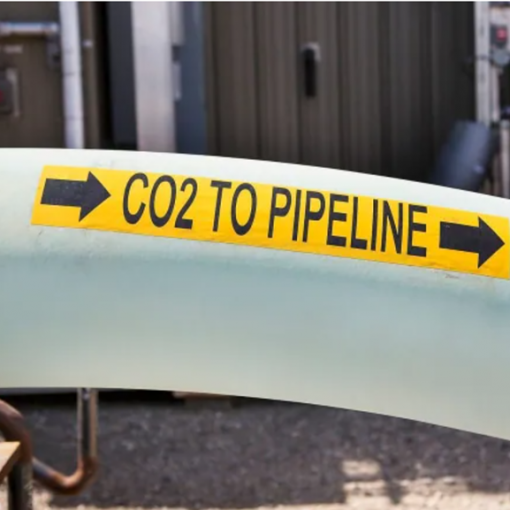The existing steel industry is another significant industrial emitter of carbon dioxide emissions. Carbon Capture and Storage is technically feasible to help mitigate these emissions. Commerciality will depend on whether the particular plant is exposed to Carbon Taxes or, if the steel is exported, to Cross-Border Carbon Duties. But CCS costs are being reduced and the concept of industrial hubs collecting emissions and sharing the CCS infrastructure offers good cost savings.


The steel industry contributes 7-8 % of global anthropogenic CO2 emissions.
Reductions in emissions greater than 80% are required to meet 2°C of global temperature increase and then achieve a neutral carbon balance.
Steel is an alloy of iron with low amounts of carbon. In the industrial process a coking coal cannot be replaced. Coking coal takes away the atoms of oxygen in iron ore (Fe3O4 or Fe2O3), the raw material of steelmaking, to transform it into purified iron (Fe).
Due to the specifics of the industrial process, 40 % of these emissions are unavoidable.
There appears no alternative to Carbon Capture and Storage in the steel industry
Producing 1 ton of steel, emits up to 1.5-3 ton of carbon dioxide CO2,depending on in which country it is produced.
The world’s leading steel makers in China, Japan and South Korea committed to net zero emissions targets by 2050 by using new technologies: making steel with hydrogen and CCS.
The DRI unit at Emirates Steel in Abu Dhabi is currently the only operational CCS plant in the iron and steel sector. This plant is capable of capturing 800kt of CO2 per year.




